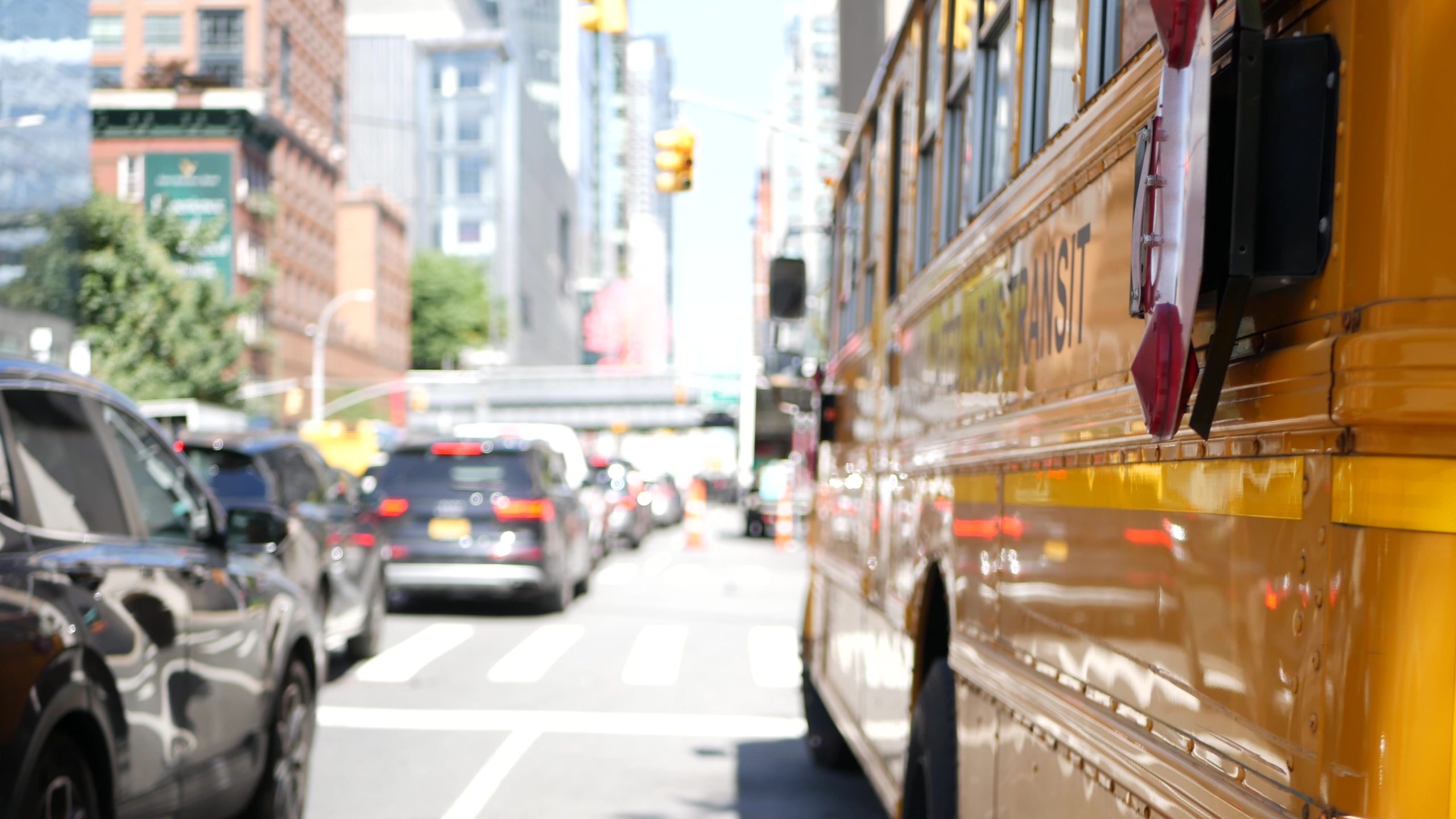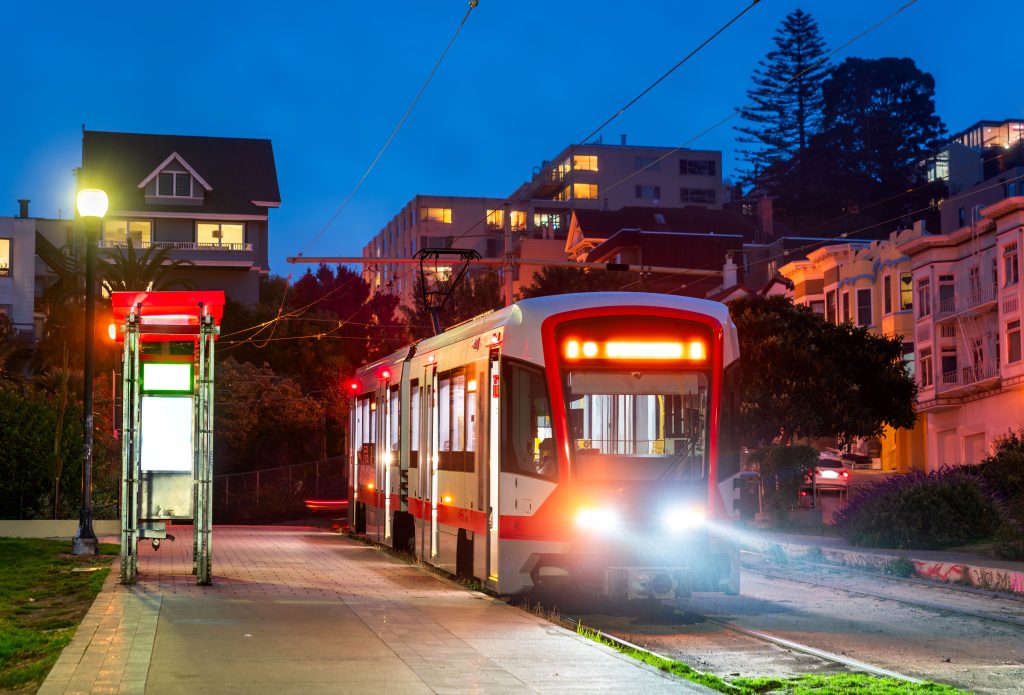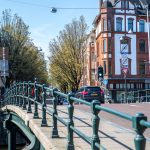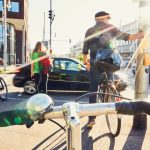
The future of multimodal traffic management
In 1885, the City of Utrecht opened a footpath along Maliebaan to cyclists: the first bike lane of the country was born. Many decades later, the multimodal approach is now part of the DNA of our traffic management. Many countries look to the
Netherlands as an example in this field. But no one is ever done learning. The experiences of TNL, Technolution’s American subsidiary, have recently provided new insights.
Multimodality in the United States
Many cities in the US speak out for multimodality, but still prioritize cars because of traffic flow. Just as in the Netherlands, the challenge lies in actually implementing policy choices that accommodate to pedestrians, cyclists, and public transportation. The question is: how do cities translate policy preferences into concrete action that gives priority to alternative mobility?
In the US, we observed how cities managed to implement policy intentions. The answer turned out to be surprisingly simple: set your goals and start doing it.
Priority for public transport in San Francisco
Example 1:
We often assume that the US is all about cars, but this is certainly not universally true. San Francisco is currently working to realize Vision Zero: zero road casualties. The question was: How do we prioritize public transport, cyclists, and pedestrians in a busy urban environment?
The city asked us to speed up transit of its Light Rail Vehicle (LRV) through the busy 3rd Street. This required the reprioritization of all modes of transport, with pedestrians and cyclists given first priority, and cars and trucks further down the list.

Our solution was based on multiple technologies. The traffic light controllers (TLCs) at intersections provided information from buttons for pedestrians and LRV detectors. LiDAR sensors generated 3D images of the intersections that were able to distinguish between pedestrians, cyclists, public transport, and cars. Our own FlowCubes registered numbers of people on platforms and when the doors of the LRV were closing.
This data was used as input for software that continuously simulates the traffic flows. An optimizer analyzed the simulations and activated the optimal traffic signal phasing.
The pilot on 3rd Street proved to be a great success – red-light waiting times for LRVs were reduced by more than 70%. Cars and pedestrians similarly enjoyed shorter waiting times.
This success could not have been realized without technology, but the real challenge lay in the political courage to actually implement this reprioritization.
Safety for pedestrians and cyclists in Ohio
Example 2
The cities of Dublin and Marysville, Ohio, had a comparable question: How do you create a safe and livable city that prioritizes pedestrians, cyclists, and buses? They had made a new priority list, with pedestrians and cyclists at the top.
We applied the same technology as we did in San Francisco, but used FlowCubes to detect cars, trucks, buses, cyclists, pedestrians, snowplows, etc. The MobiMaestro module Flow sees different groups of road users at all intersections and looks at all possible signal phasing plans to find the best solution.
The system gives pedestrians the highest priority and can pause the flow of motorized traffic to give pedestrians green light. Obviously, this affects traffic flow for cars, but it is a great boost for pedestrians. Cyclists and buses also experience better flow at intersections.
The reactions in these two Ohio cities are telling.
“TNL’s mobility solution is a valuable instrument to reduce delays at intersections and make Dublin safer and cleaner,” says Jean-Ellen Willis, Director of Transportation and Mobility at the City of Dublin.
Brian Mullaney, Transportation and Mobility Engineer in Marysville, says: “When the TNL system was offline for a week, we saw significantly more traffic jams and delays. Now the system is back up again, traffic is flowing much more smoothly. It’s a great help to us!”
Insights for the Netherlands
The Netherlands is already well-equipped for multimodal traffic management. We have multimodal detection and smart traffic signal phasing. Public transport and emergency vehicles are given priority for rapid and safe passage. So what did we
still learn from the succesfull projects in America? Two insights, as it happens.
Make sure you have good data
Insight 1
The increasing pressure on public space is negatively affecting active mobility – cycling and walking. The Netherlands needs one thing above all to realize solutions for this: reliable, accurate data about all modes of transport – including cyclists and pedestrians. This information was fully available in the American solutions, where we used FlowCube sensors to collect detailed data about all modes of transport. The wealth of information that these sensors generate could also help introduce more versatile smart traffic management in the Netherlands. In addition, this roadside equipment is compact and does not require any major infrastructural investments.
Have the courage to reprioritize
Insight 2
The second important insight is: be prepared to take action to prioritize pedestrians, cyclists, and public transport at street level. This requires courage, in the Netherlands as much as anywhere else, because motorized traffic flow is still a major preoccupation here too. Our strong infrastructure, complemented by technological innovations such as the FlowCube, gives us the technological basis for true multimodality.



